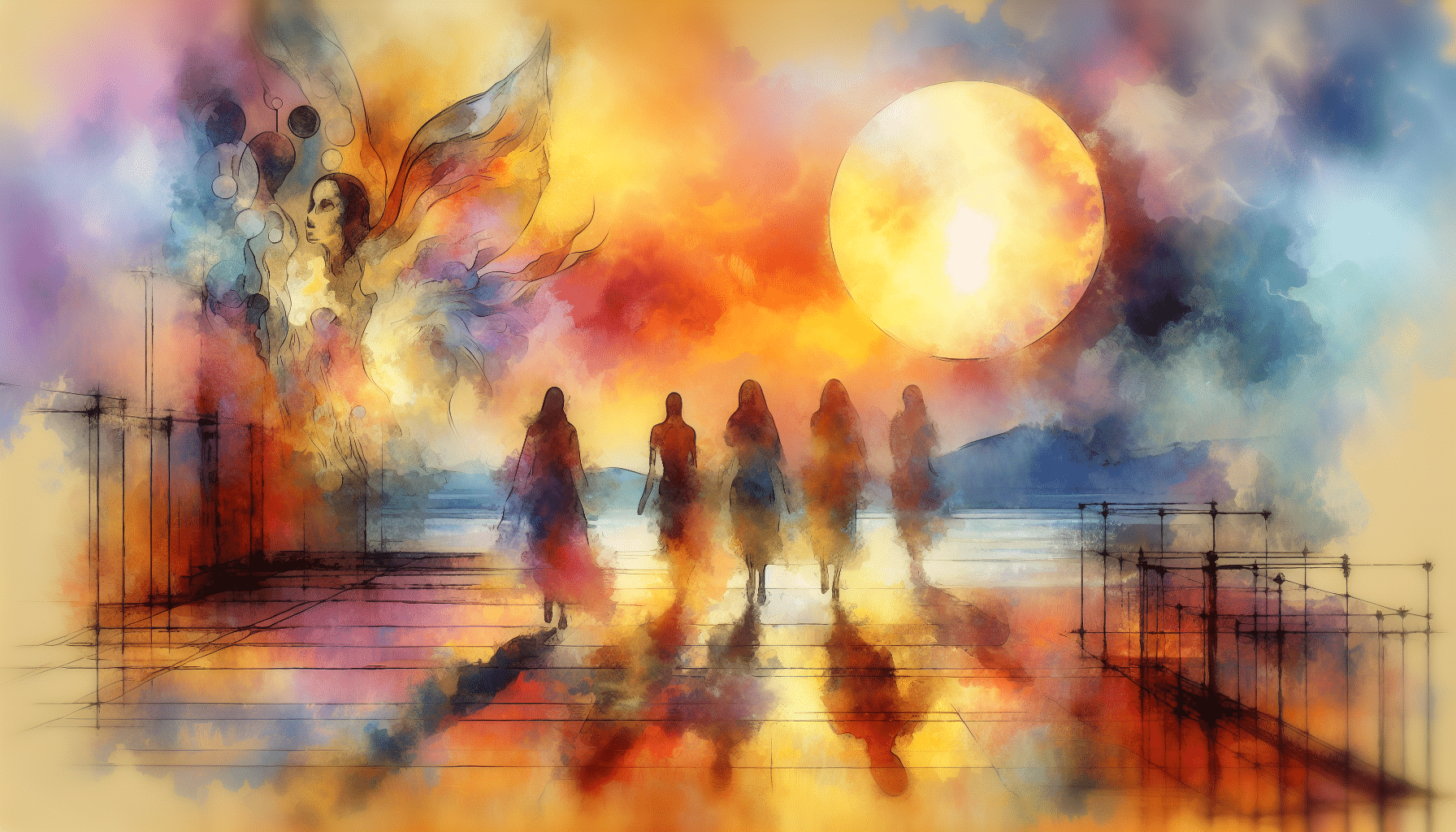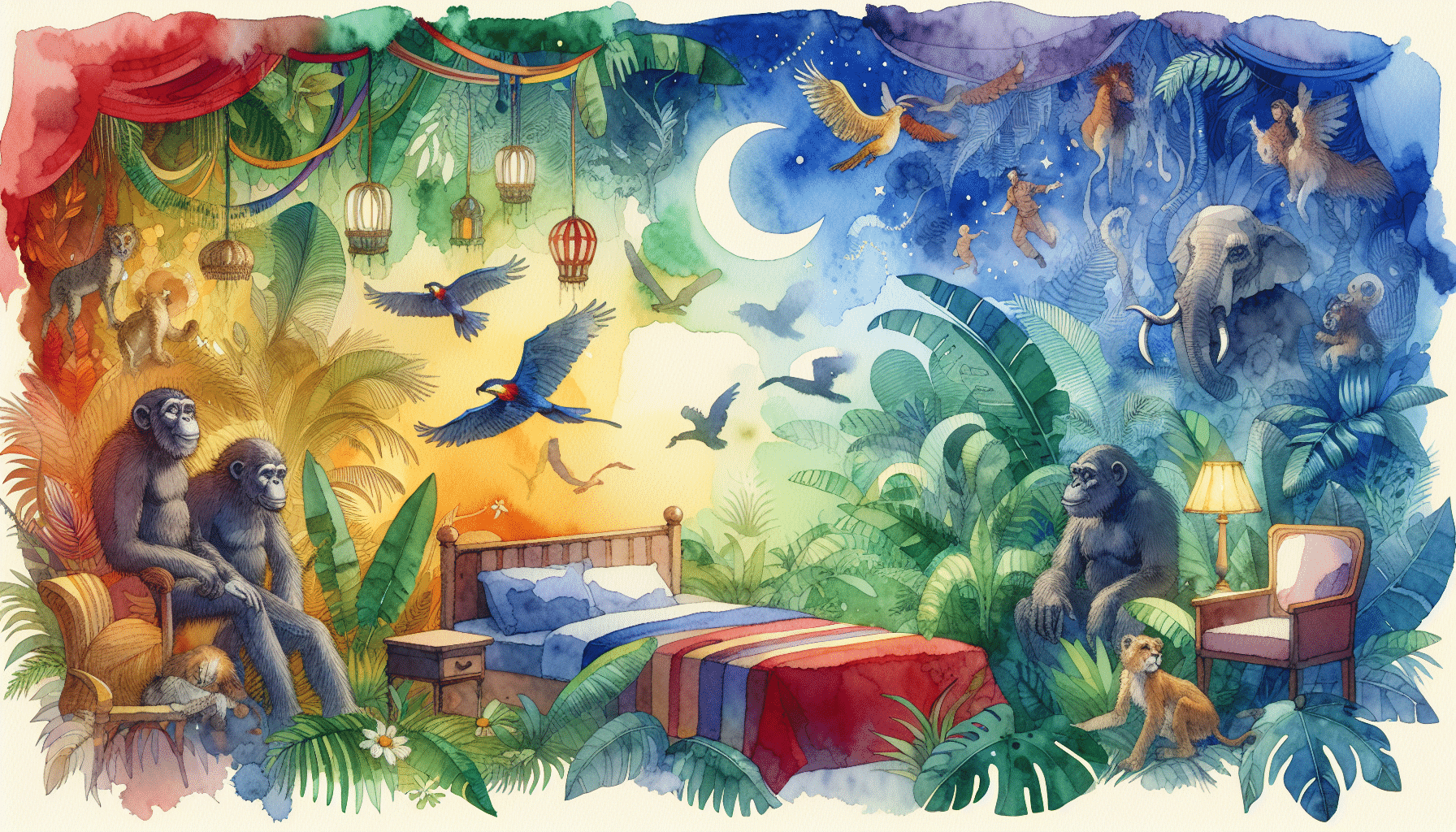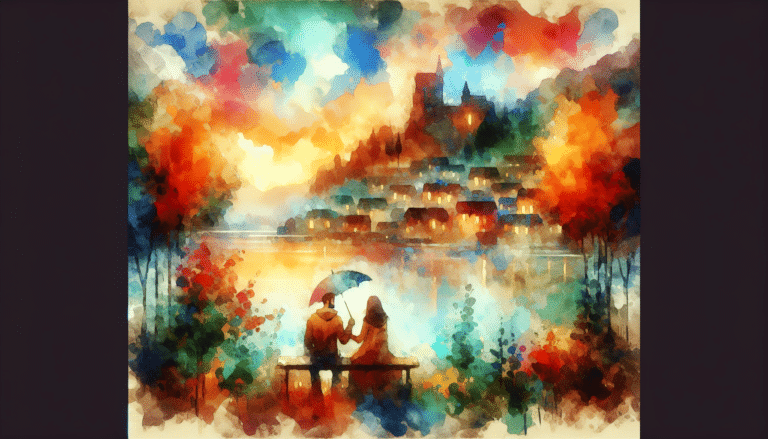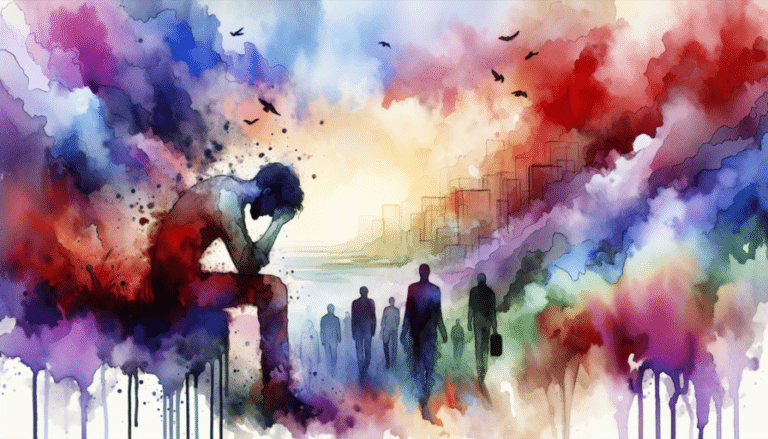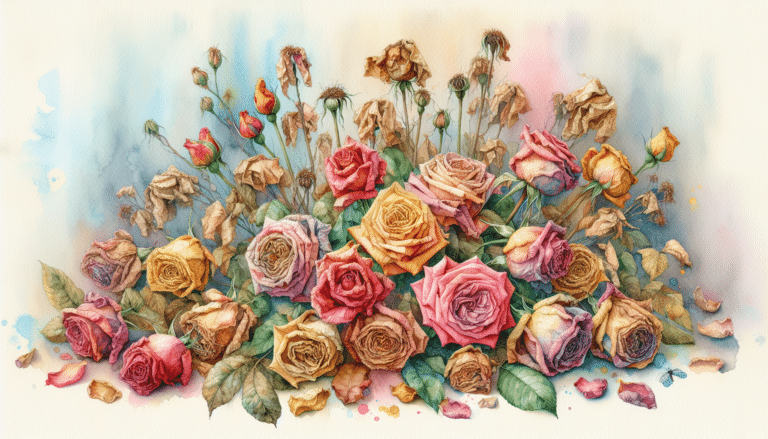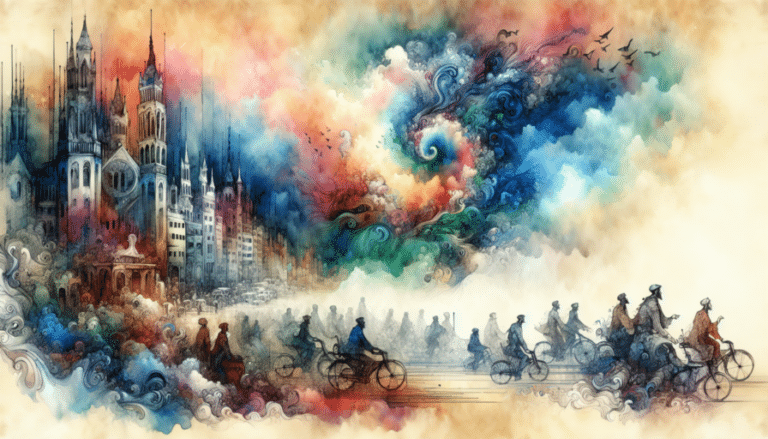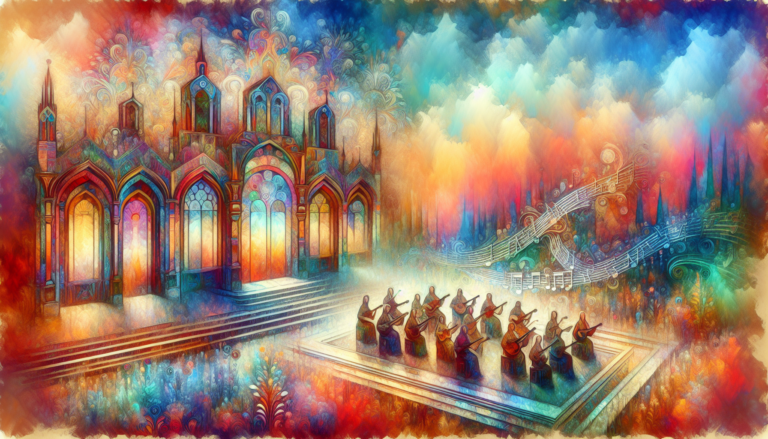Shadows of Sorrow: Tales of Grief and Healing
Shadows of Sorrow: Tales of Grief and Healing
In the quiet town of Northend, there lived a baker named Bob and his young daughter, Sarah. Bob was a gentle man, with lines of care etched onto his brow, tanned skin from the heat of the oven, and a heartwarming smile that carried stories of triumph over many adversities. Sarah was a delightful child, sparkling blue eyes brimming with mischief, golden curls tumbling around her angelic face, and an infectious laugh that made even the hardest hearts soften.
They lived in a quaint brick house, its crimson facade worn by unforgiving weather, sandwiched between a lively square of commerce and a hauntingly beautiful graveyard that was home to ancient Weeping Willows. Their home always smelled of fresh bread, a beacon of comfort for the entire town.
A veil of sorrow befell Northend when the wife and mother of the family, Mary, was claimed by a mysterious ailiness. The once vibrant home resonated with a heavy silence, broken only by Sarah’s innocent inquiries about her mother’s whereabouts.
«Why does Mama visit God so often, Papa? Does He like her more than us?» asked the innocent Sarah, with curiosity filling her little eyes.
«God needed your mama’s help to make heaven even more beautiful. She’s an angel, love,» replied Bob with an aching heart.
Shocked by the sudden void in their lives, the father-daughter duo turned to their loved ones—the bread and each other—for solace. Bob invested himself in crafting the best bread in Northend, each loaf kneaded with untold stories of love and longing, while Sarah found comfort in drawing pictures of her mother, displaying an artist’s knack for capturing emotions.
A year passed, and the grief started to fade, replaced by growing strength and a rekindled spirit for life. They discovered that sorrow, in its quietude, bore the seeds of hope and healing.
One chilly winter’s day, a stranger cloaked in gray rags stumbled into their bakeshop. Seeing his pitiful state, Bob offered him a warm loaf of bread and hot coffee, an act of kindness that would set in motion a series of events that would place Bobs and Sarah’s lives onto a path they would never expect.
Thankful, the stranger revealed himself to be an eccentric wanderer named Milo, who traveled from town to town painting murals in exchange for food and shelter. Seeing the way Sarah’s eyes sparkled with curiosity, Bob asked Milo to stay and paint a mural for them.
Milo observed the raw emotion and the precious bond between Bob and Sarah. Inspired, he chose to paint a mural that would encapsulate their journey. A life-sized portrait of Mary, surrounded by the countless loaves of bread and Sarah’s drawings, a testament to their tale of grief and healing.
Milo’s masterpiece stirred emotions and attracted crowds from nearby towns. The bakery transformed from a modest setup to a landmark institution, all in reverence to a life lost yet celebrated every day.
The unexpected prosperity eased the strains of life for Bob and Sarah. But, unexpectedly, it bestowed upon them a greater gift: the power of acceptance. The mural highlighted their sorrow yet underlined their journey toward healing, a metaphorical end to an unforgettable chapter of their lives.
As they stood in front of the masterpiece, Sarah gently tugged at Bob’s sleeve and said, «Look, Papa. Mama’s smiling. Maybe God does love us around her after all.»
Bob watched as his little girl, the epitome of strength and resilience, acknowledged the art with such insight. It was a sight that filled him with a newfound appreciation for the beauty of life, even in the wake of profound loss.
That day, Bob realized that the lessons of grief were not always of despair and mourning. He understood that the pain did not define them, but shaped them into individuals of compassion and resilience. The experience had transformed their Shadows of Sorrow into remarkable tales of healing, illustrating that grief indeed sows the seeds of tranquility and acceptance.
Moral of the fable «Shadows of Sorrow: Tales of Grief and Healing»
As the narrator of this story, I want to emphasize that grief, although painful, is a natural part of our existence. It bears on us heavily, and we can feel lost amidst its shadows. But it is essential to understand that dealing with sorrow is a journey, not a destination.
In our story, Bob and Sarah faced their grief, allowing it to transform their lives in ways they never thought possible. They taught us that pain could breed compassion, and loss could lead to unanticipated paths of growth and healing. They embraced their experience, instead of shying away from it.
Thus, the moral of our fable is this: Do not fear the pain. Embrace it, for it is the chisel that shapes us into our strongest selves. It illuminates the Shadows of Sorrow into Tales of Grief and Healing, transforming our trials into tributes of life’s resilience and the enduring spirit of hope.

